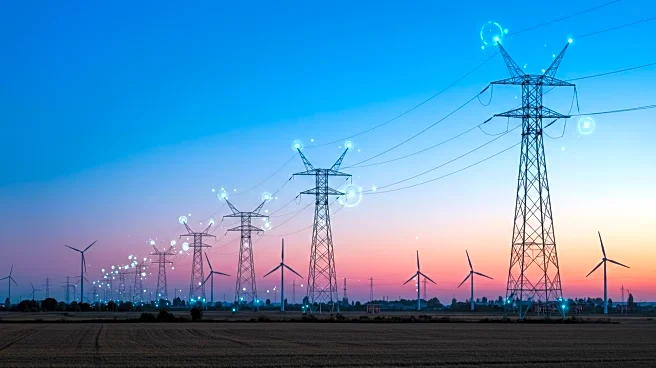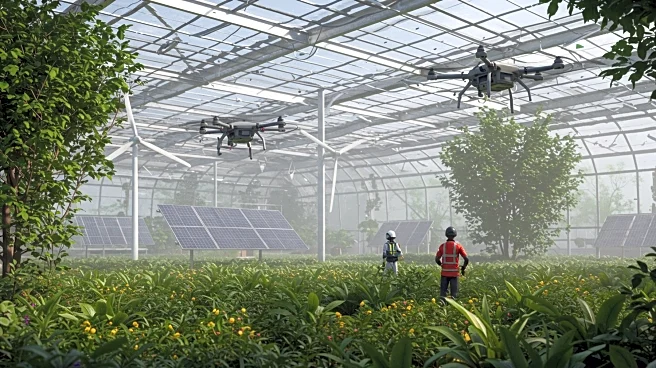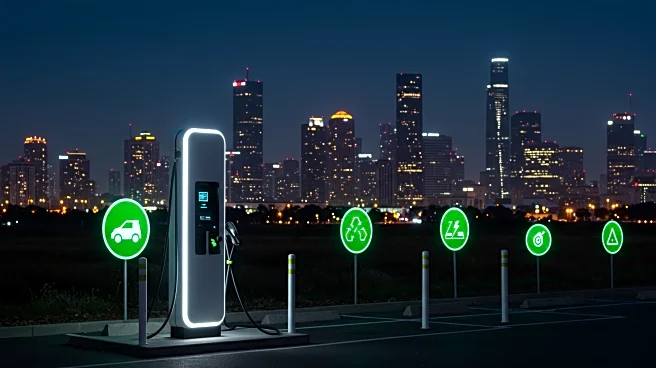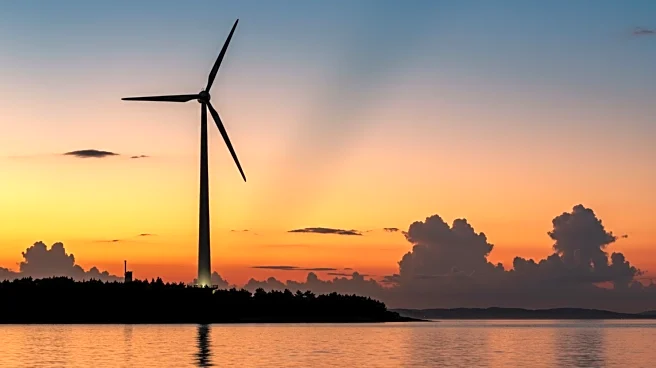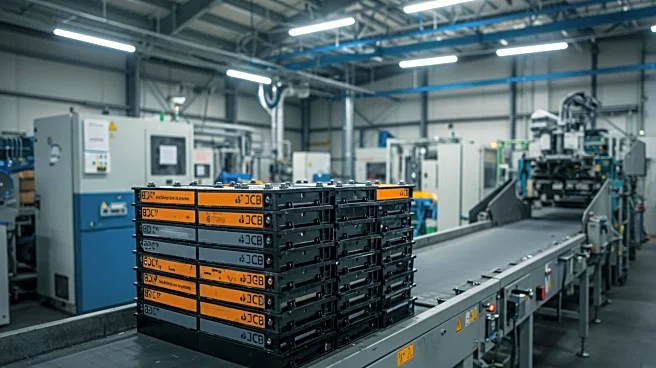What's Happening?
Victoria's 2025 Transmission Plan, released by VicGrid, has expanded zones for solar, battery, and wind developments, increasing the area available to developers by 200,000 hectares. The plan designates renewable energy zones and outlines necessary transmission infrastructure for the next 15 years. The expansion increases the footprint to 7.9% of the state, with the number of zones rising from seven to nine. The cost of connecting these zones is projected to nearly double from $4.3 billion to $7.9 billion, according to new costings by the Australian Energy Market Operator.
Why It's Important?
The expansion of renewable energy zones in Victoria is crucial for meeting Australia's national target of 82% renewable energy by 2030. The increased costs highlight the financial challenges associated with transitioning to renewable energy, impacting consumer energy bills. However, the government argues that lower wholesale energy prices will benefit consumers in the long run. The development supports Victoria's record levels of renewable energy generation, contributing to lower power prices compared to other states. This initiative is a significant step towards sustainable energy solutions and reducing carbon emissions.
What's Next?
Victoria will continue to develop its renewable energy infrastructure, with the expanded zones expected to attract more investment in solar, wind, and battery projects. The government will need to address the financial implications of the increased costs, potentially through subsidies or incentives to mitigate the impact on consumer bills. Stakeholders, including energy companies and environmental groups, will likely engage in discussions to optimize the plan's implementation. Monitoring the project's progress and its effects on energy prices will be essential for assessing its success and making necessary adjustments.
